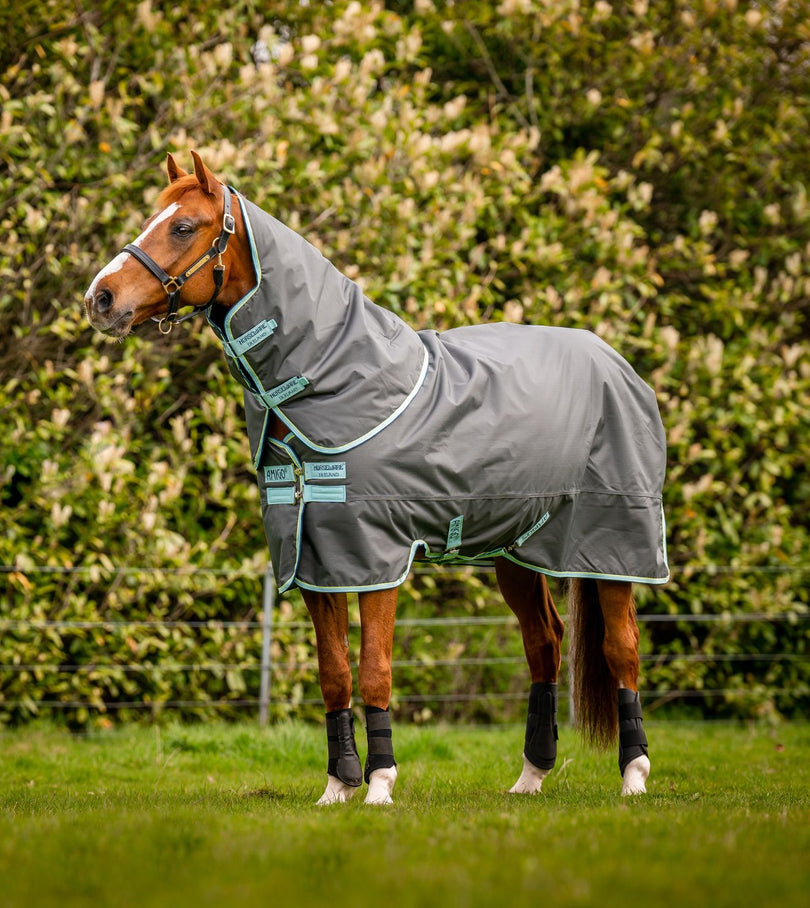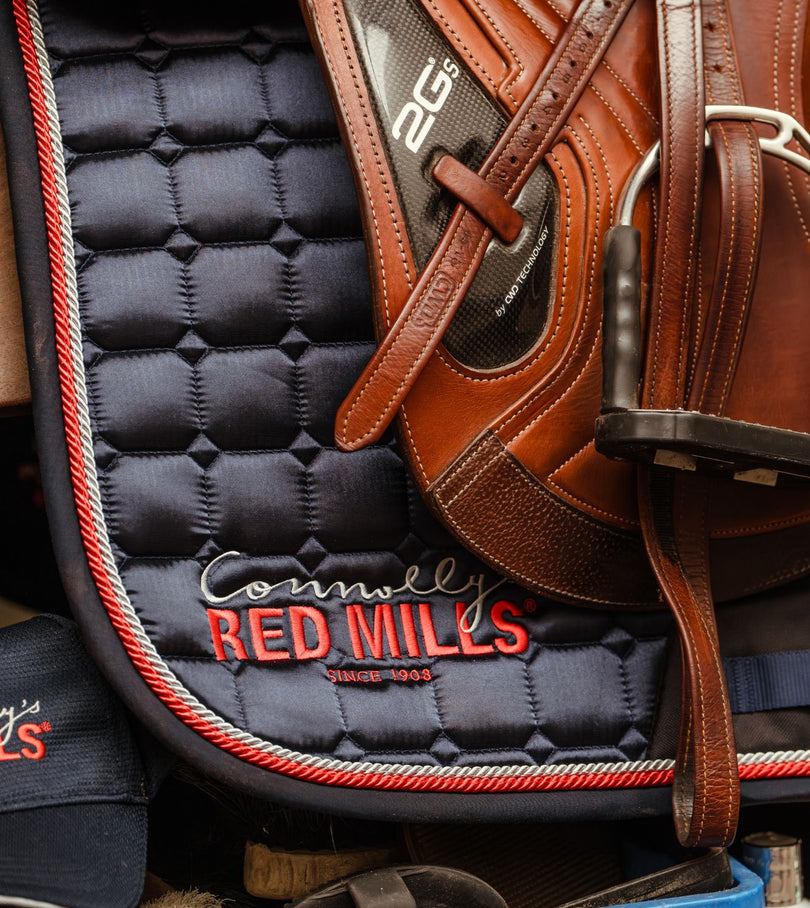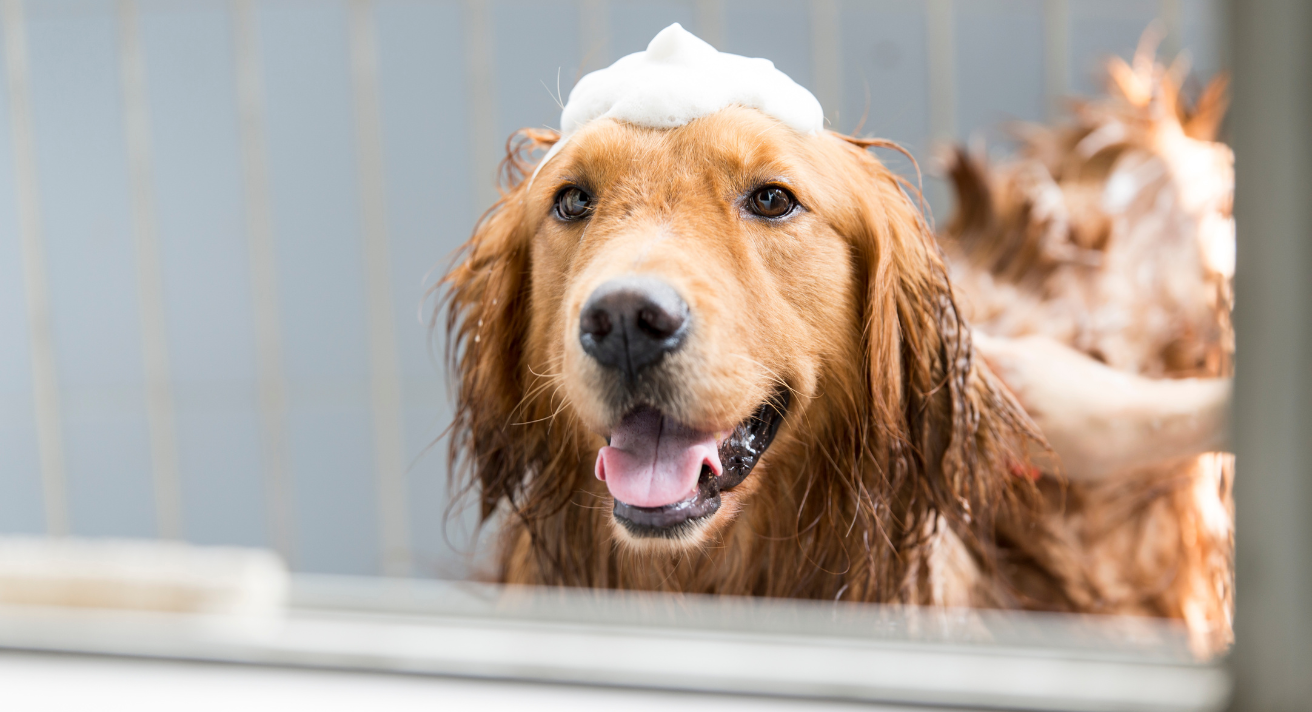As the days grow warmer and flowers begin to bloom, your dog’s coat is likely to start shedding, and your home might start looking like a fur-filled haven. Instead of waiting for hair to pile up on your furniture and clothes, a proactive spring grooming routine will save you a lot of time and effort. Regular grooming not only keeps your dog comfortable but also helps prevent the dreaded seasonal shedding chaos. Let’s explore why grooming matters and how to keep your dog looking and feeling their best this spring.
Why Spring Grooming Matters?
Grooming isn’t just extra work; it’s an investment in your dog’s comfort and your home’s cleanliness. Brushing your dog regularly prevents their fur from ending up all over your couch and clothing. As spring approaches, dogs shed their winter coats to prepare for warmer weather, and proactive grooming ensures that this shedding stays manageable.
In addition, grooming can help reduce pet dander and pollen in the air, which is a blessing if anyone in your household suffers from allergies. Spending a few minutes each day brushing your dog also allows you to bond with them, check for skin issues, and build trust, making vet visits easier.
Plus, grooming helps ensure your dog’s coat is shiny and healthy, contributing to their overall well-being. Spring also brings an increase in parasites, such as fleas, ticks, and worms, so regular grooming helps protect your dog from these unwelcome guests.
Grooming Checklist
Prepare your dog for spring with these essential grooming tips! From managing shedding to stylish cuts, keeping your pup clean and fresh has never been easier. Here’s a checklist of the best anti-shedding tips for your dog:
- Brush Daily: The type of grooming tools you use will depend on your dog’s coat. Long-haired dogs are more prone to tangles and mats, so brushing daily is key. It also helps remove dust, dirt, and pollen that can irritate their skin or cause allergies.
- Spring Bath: Give your dog a bath using a hypoallergenic shampoo like Foran Petcare Smooth and Sensitive Shampoo to clean off the dirt and grime they’ve accumulated. Never use human shampoo, as it can irritate your dog’s skin.
- Trim Nails: Overgrown nails can cause discomfort or injury. Trim your dog’s nails every 4-6 weeks. If your dog struggles with clippers, a nail grinder might be a better option. Be careful to only trim the very tip of the nail to avoid cutting into the sensitive vein inside.
- Ear Care: Keep your dog’s ears clean to prevent infections. Gently comb the hair around the ears and use an ear cleaner to rinse the ear canal. Make sure to clean both the inside and outside of the ear flap.
- Flea and Tick Prevention: Spring is prime parasite season, so ensure you’re using flea and tick treatments in addition to regular grooming. This will help protect your dog from these bothersome pests.
- Worming for Dogs: Spring is a great time to check your dog’s worming schedule. Use preventative treatments like Foran Petcare Parazole to keep internal parasites, such as roundworms and tapeworms, at bay.
Seasonal Haircuts
Some breeds benefit from a haircut in the warmer months to avoid overheating, especially active breeds with longer coats like terriers. However, double-coated breeds, such as German Shepherds and Border Collies, should never be shaved, even if they are shedding heavily.
On the other hand, short-haired breeds like Greyhounds and Whippets need extra care to protect their delicate skin from sunburn.
It’s important to note that shaving a dog is usually only necessary for medical reasons, not cosmetic ones. Shaving can leave your dog vulnerable to sunburn, skin damage, and other issues. If your dog’s coat is severely matted or they have a skin condition, shaving may be necessary, but it should always be handled by a professional groomer.
While regular at-home grooming is encouraged for most dogs, some breeds require professional grooming to prevent mats and skin damage. For example, Poodles and other-poodle crosses require regular visits to the groomer to ensure their fur stays in optimal condition.
Pro Grooming Tips
Grooming time can be relaxing for both you and your dog, but not all dogs enjoy it. If your dog gets anxious during grooming, try these tips to make the experience more positive:
- Start with Short Sessions: Gradually increase the length of grooming sessions to help your dog become more comfortable.
- Use a Grooming Mitt: A grooming mitt can be gentler and more soothing than a traditional brush.
- Offer Treats: Reward your dog with small, low-calorie treats like Foran Petcare Reward Me treats to reinforce positive behaviour during grooming.
If your dog remains anxious despite these efforts, a calming supplement like Foran Petcare Nutri-Calm can help. Cooperation from your dog is key to successful grooming!
Spring grooming is an essential part of your dog’s care, offering both health benefits and the chance to bond with your pet. By following these grooming tips and maintaining a regular routine, you can reduce shedding, keep parasites at bay, and ensure your dog’s coat remains shiny and healthy. Not only will your dog feel better, but you’ll also enjoy a cleaner home free of fur. Make spring grooming a priority, and you and your dog will be ready to enjoy the season to the fullest!














